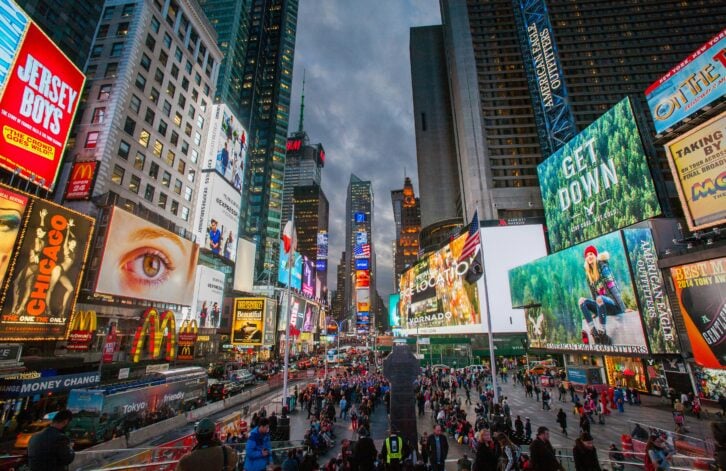The proposal to introduce a major casino in the heart of Times Square is meeting stiff resistance from residents and community leaders, threatening to derail one of New York City’s most ambitious mixed-use real estate ventures. Backed by Roc Nation, SL Green, and Caesars Entertainment, the plan promised to anchor a new era of entertainment-driven redevelopment in Midtown Manhattan. Yet a recent poll shows nearly 70% of locals oppose the scheme, citing fears of congestion, safety concerns, and declining quality of life. For developers and investors, this resistance casts uncertainty over a project that was expected to reshape the area.
At its core, the project is a high-stakes real estate gamble. Times Square has long been a magnet for global capital, with office towers, hotels, and retail spaces trading at premium valuations. A casino integrated into SL Green’s existing portfolio could have delivered not only foot traffic but also synergistic value to surrounding commercial tenants. Developers highlighted potential community benefits worth $250 million, from improved security to cultural initiatives. However, opposition groups argue that promised enhancements mask deeper structural risks; chief among them, the possibility of destabilizing current retail and hospitality markets already struggling with post-pandemic recovery.
Adding to the debate is the question of whether a physical casino is even the optimal investment in today’s gaming economy. With the rise of digital platforms, many consumers already flock to the best new online casino sites, which offer convenience, 24-hour access, and a broad variety of gaming experiences without geographic constraints. Supporters of this view argue that such platforms generate significant revenues without adding pressure to local infrastructure. For real estate investors, the growing success of these digital alternatives raises doubts about the long-term foot traffic a Times Square casino could realistically deliver.
Community resistance is not just ideological; it is rooted in everyday property concerns. Times Square residents worry about rising rents, displacement, and the potential decline in residential desirability should congestion or crime increase. Retail tenants already facing rising operational costs fear additional pressure from shifts in visitor demographics. Hospitality operators, meanwhile, express concern that casino footfall could cannibalise their own revenue rather than complement it. Real estate analysts suggest the cumulative effect could depress property values, eroding confidence in Midtown’s recovery story and dampening broader investor sentiment across Manhattan’s prime commercial corridors.
The developers counter with a familiar argument: casinos have historically acted as catalysts for urban regeneration, attracting visitors and boosting tax receipts. They point to examples in cities like Detroit and Singapore, where large-scale integrated resorts have revived struggling districts. Yet the Times Square case is different. Unlike underutilised industrial or waterfront zones, Midtown is already a high-density commercial hub. Adding a casino risks oversaturating an area already bursting with theatres, hotels, and flagship retail stores. Real estate economists caution that any marginal boost in tourism could be offset by overcrowding and diminishing tenant satisfaction.
As New York regulators weigh licensing decisions, the real estate community will be watching closely. The outcome could set a precedent for how future urban casinos are integrated into established commercial districts. If local opposition succeeds, it may signal a turning point, one where cities favour digital alternatives and mixed-use flexibility over physical gaming venues in dense urban centres. For landlords, developers, and investors, the lesson is clear: ambitious projects in high-value zones must align not only with financial metrics but also with the lived realities of residents and the evolving landscape of consumer behaviour.






